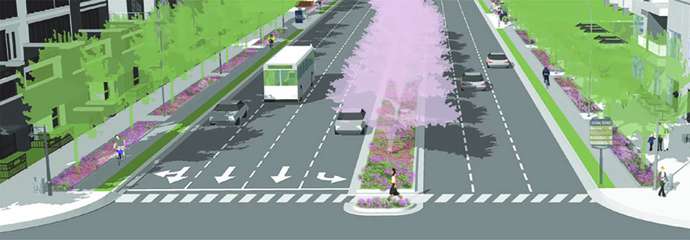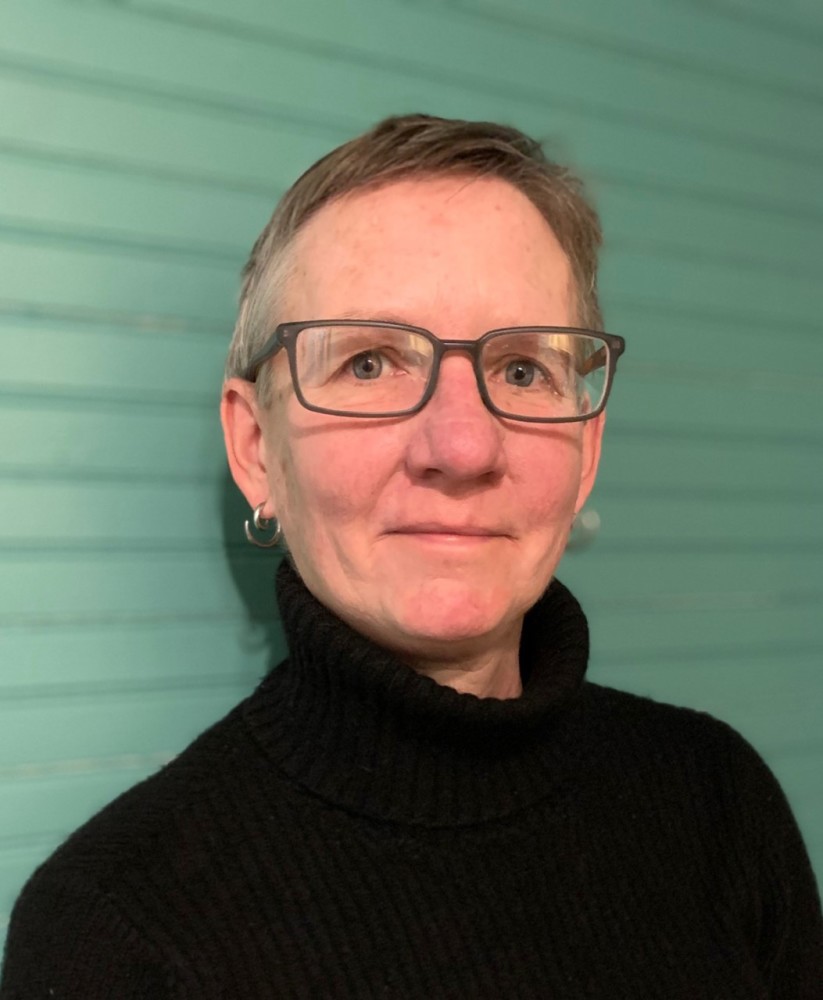Public Art - Six Forks Road
Public Art - Six Forks Road
Project Details

Six Forks Road is the heart of Raleigh’s evolving Midtown. It is home to many churches, schools, businesses and shopping centers, and provides access to many established neighborhoods. Six Forks Road is also a major transportation corridor connecting I-440 and I-540 through central and north Raleigh, providing an important route for commuters.
Midtown Raleigh contains a vibrant and thriving business district of start ups, long established employers, financial and accounting powerhouses, hospitality venues, and an array of retail and dining. It is a destination, and the attractive shopping and mixed-use districts that are evolving along its length are bringing people from around the city to Six Forks Road to shop and to enjoy entertainment.
The Six Forks Road project stretches between Rowan Street and Lynn Road and involves:
Widening road to accommodate three lanes of travel in each direction with a planted median;
Separated bike lane and sidewalks on each side of the road;
Signal improvements and protected intersections for cyclists and pedestrians;
Transit stops;
Green stormwater infrastructure;
Landscaping and other amenities.
This project will include stand-alone or integrated public art, which may include sculpture, artwork sited at stormwater catchment site(s), and/or artwork integrated into pedestrian paving, lighting, benches/bike racks or other site elements. The artist will work closely with the design team, project stakeholders, and neighborhood groups to ensure a successful outcome.
About the Artist
Carrie Gault is a registered architect and public artist whose work has been recognized both regionally and nationally and is known for its sensitivity to community, site, and environment. Her studio focuses on large-scale, public work, as well as two and three-dimensional pieces that are smaller and more intimate. Mosaics and handmade tile are her primary mediums, but she also works in other durable materials like concrete and glass. After spending 25 years in Charlotte, NC where she ran her architectural practice and taught adjunct at her alma mater, UNC Charlotte, she moved to the small town of Floyd, VA. In addition to her artistic practice and studio, she runs a small, sustainable farm with her wife that specializes in products created from their Icelandic sheep wool and their heirloom vegetables. She finds herself inspired daily by her sheep, chickens, and goats, as well as the rhythm of life found in the beautifully serene, bucolic surroundings of Southwest Virginia.

Public Art - Six Forks Artist Survey
We would like to know more about the public artwork you would like to see along the Six Forks corridor.If you have questions about the project, or would like a project team member to meet with you...
Timeline
Estimated installation TBD
About Transportation
The City of Raleigh's Transportation Department consolidates transportation and related infrastructure. From planning transportation projects, system operation, and infrastructure maintenance, the department works to optimize service delivery and position the City for ongoing growth. Services provided by the department include transportation planning, traffic engineering, transportation field services, parking operations, GoRaleigh transit services, and highway maintenance.
About Raleigh Public Art
Mission: To create and integrate diverse artworks into Raleigh's landscape in order to establish a vibrant visual environment that provides public places with civic distinction, as well as fostering meaningful connections between people and place.
History: In 2009, the City of Raleigh adopted ordinances creating the Percent Art Program. The program allocates 1% of funds from capital construction projects for public art. Public art associated with City of Raleigh construction projects is managed by the Raleigh Arts Office. More information about Raleigh Arts can be found at https://raleighnc.gov/raleigh-arts
The Atlantic Avenue Public Art Project is funded by the 2017 Transportation Bond. Capital Improvement Projects that meet the Percent for Art Ordinance standards, such as this one, are eligible to use 1% of construction funding for Public Art. Inclusion of aesthetics and artwork is an investment in our communities, with a focus toward community identity and equity in quality of life. Communities gain cultural, social, and economic value through public art.

